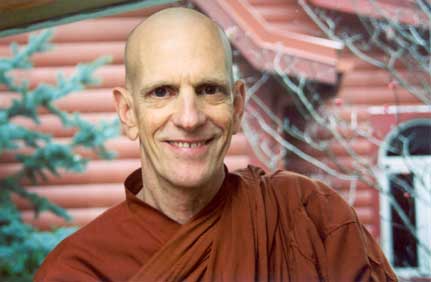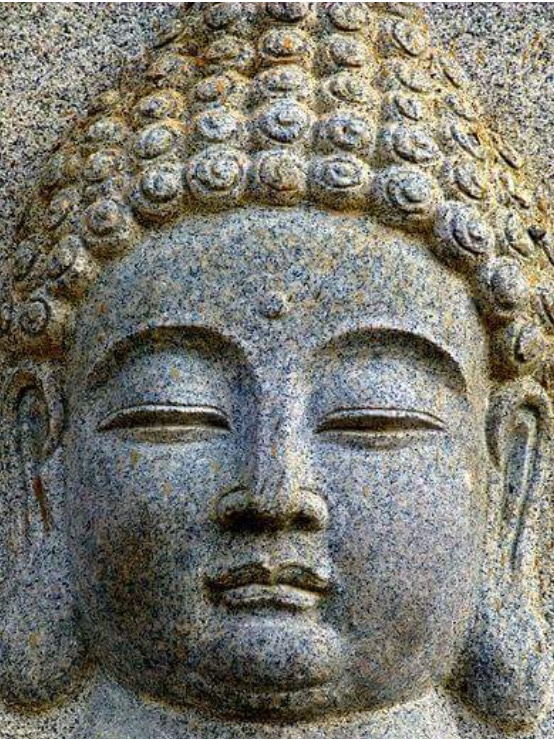 Wherever you fall on the political spectrum (or non-spectrum, as the case may be), here is some food for thought, post-election:
Wherever you fall on the political spectrum (or non-spectrum, as the case may be), here is some food for thought, post-election:
+ + +
Buddhist monk Matthieu Ricard posted the following quote to his blog, which upon first reading seemed like direct commentary upon the post-election jitters. But then note the source and date of the quote:
The underlying sense of uneasiness that we have now is actually a good thing: it is the expression of our sensitivity. Those who go through life without feeling ill at ease are unconscious. The uneasy feeling caused by our awareness holds tremendous potential for transformation. It is a treasure of energy that we can grasp with both hands and use to build something better. Indifference doesn’t lead anywhere.
JIGME KHYENTSE RINPOCHE (b. 1964) Oral advice transcribed by the author.
+ + +
And the staff of the Buddhist publication “Lion’s Roar” released a special roundup, titled “After the Election: Buddhist Wisdom for Hope and Healing” in which the day after the election, they asked some of America’s leading Buddhist teachers to offer their comments, advice and teachings to address how so many of us were feeling. (Thanks to Patrick Hamilton for passing this on.) The special edition is available as a downloadable PDF file. Here are some samplings:
“Cultivating the mind of love is so crucial. When love is the ground of our being, a love ethic shapes our participation in politics. To work for peace and justice we begin with the individual practice of love, because it is there that we can experience firsthand love’s transformative power.” ~ bell hooks
“It’s OK to freak out, grieve, and vent for a while. Then we can get back to work, as always, for the good.” —Norman Fischer
“When we look at the world around us — our immediate world and the bigger world beyond — we see a lot of difficulty and dysfunction. The news we hear is mostly bad news, and that makes us afraid. It can be quite discouraging. Yet we could actually derive inspiration for our warriorship, for our bodhisattva path, from these dire circumstances. We could recognize the fact, and proclaim the fact, that we are needed.” —Pema Chodron


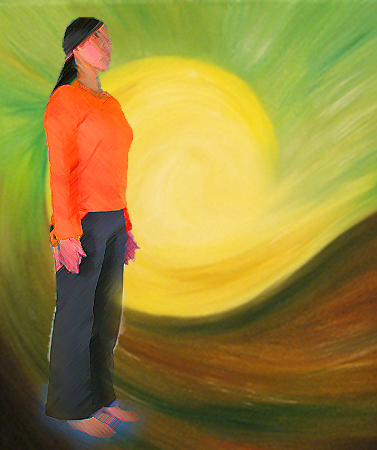
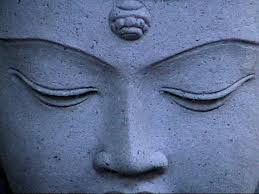
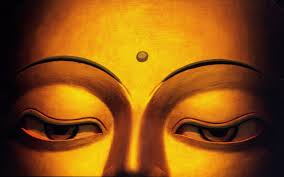

 Wherever you fall on the political spectrum (or non-spectrum, as the case may be), here is some food for thought, post-election:
Wherever you fall on the political spectrum (or non-spectrum, as the case may be), here is some food for thought, post-election: